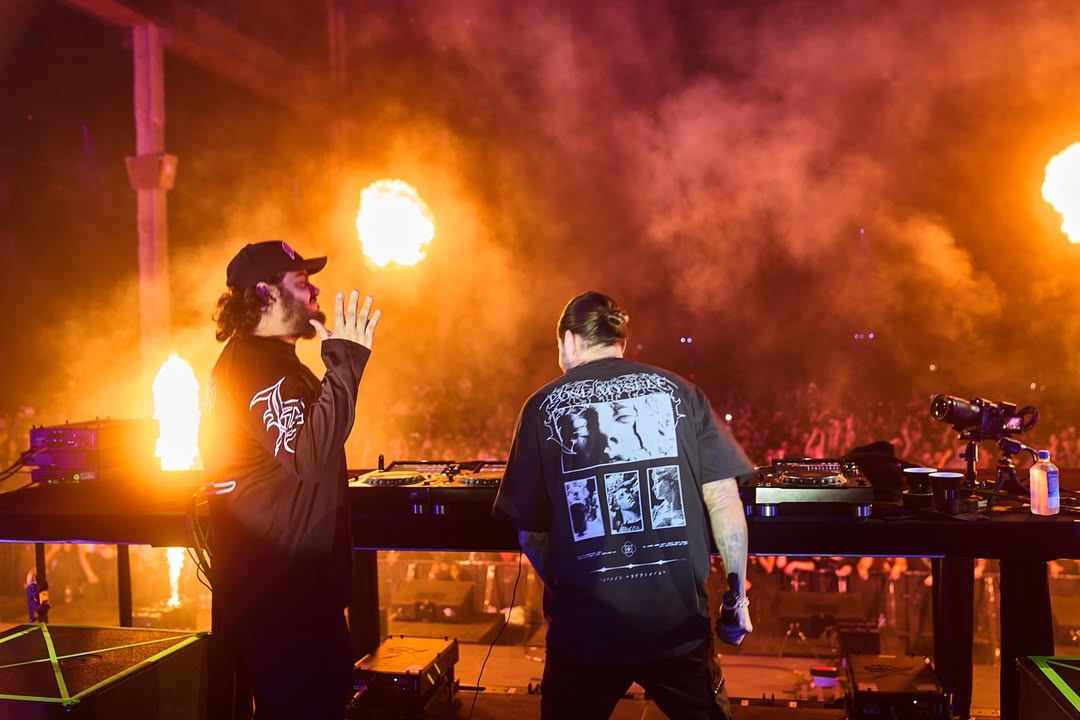WARNING: The following contains spoilers for Shadow's House, now streaming on Funimation.
Shadow's House, based on the manga written and drawn by the mangaka duo, Somato, was one of Weekly Young Jump's most unique series. With its cute but shady characters, full-color printing and slow-burn horror story, it earned its place among the ranks of the best dark Victoriana manga, comparable in scope and depth to Black Butler. And just like Black Butler, Shadow's House has plenty of interesting subtext about religion and colonization. But one of Shadow's House's strongest themes is its criticism of the dehumanization brought forth by rapid, thoughtless industrialization.
The anime, produced by CloverWorks, follows the manga's style and plot. The first episode introduces Emilico, a "Living Doll" servant to Mistress Kate, a noble girl who is a literal shadow. They both live in Noble House, a sprawling and isolated estate financed by a nearby coal mine and inhabited by similar Living Doll-Noble Shadow pairs and headed by a mysterious Great-Grandfather. Emilico's eager attitude and sunny personality contrast not only with Kate's reserved and studious character, but with the House itself.
Emilico's job, though seemingly mundane, is essential: she has to make sure that Kate's mood is balanced and that her room is clean, because Kate -- and all the other Shadows -- produces large amounts of soot whenever they get upset. If this soot is allowed to gather it creates "clingers," little shadow bugs that can and will attack the Nobles and their Living Dolls. However, Emilico doesn't have all the necessary information not just to properly serve her mistress, but to keep herself alive. As a "Living Doll," Emilico believes herself to be mechanical, and so refuses to eat any food. This eventually results in her fainting, to Kate's horror.
Thankfully, Kate is one of the "good" masters, and not only provides Emilico with fine bread, but also teaches her how to read and dresses her in her own clothes. However, fans of the manga might notice that the opening gives away what is really going on in Shadow's House: Emilico, and all the other Living Dolls, are actually brainwashed children from nearby villages, victims of a soft kidnapping scheme conducted by Great-Grandfather, drugged with the Shadow's soot and destined to eventually become the vessel for their Shadow masters. In Emilico's case, that would be Kate.
And yet, that's not even the most disturbing part of the tale. Just like in the manga, the Noble Shadows have made their fortune through intensive mining and carbon-selling. The Great Grandfather drugs children with his soot to bend them into submission, but that same soot is also the source of severe poisoning among the peasants of the surrounding villages. It becomes such an issue that the Nobles have created a workforce devoted to curing the villagers and putting them back to work.
However, this workforce is lead -- you guessed it -- by Shadows and their Living Dolls. They do their best, but as long as the Shadows exist, their brutal exploitation of the villagers will continue. The Nobles can cure peasants left and right, but the cause of the soot poisoning will remain a daily reality.
However, soot is also a menace for the Shadows themselves, not just a tool or a power. It appears when they are distressed, angry, sad, or uncomfortable and it can fill an entire room in a matter of hours, not to mention the monstrous clingers that come with it. The Shadows' existence depends almost entirely on the very thing that might eventually kill them and which is slowly killing every human around them.
This aspect of the show recalls the disastrous that early industrialization had on the world back in the 19th century. The meteoric rise of powerful capitalist dynasties and exploitative business practices created a system with an astronomical death toll. Kate, Emilico's Shadow, recognizes that the only way forward is to work with educated employees able to think for themselves, which is in direct opposition to the designs of Great-Grandfather -- much much like 19th Century countries all around the world that improved their basic school system.
Shadow's House, based on the manga by Somato, was created by CloverWorks, directed by Kazuki Ōhashi, written by Toshiya Ōno, with character design by Chizuku Kusakabe and music by Kenichiro Suehiro and is currently streaming on Funimation.
About The Author

